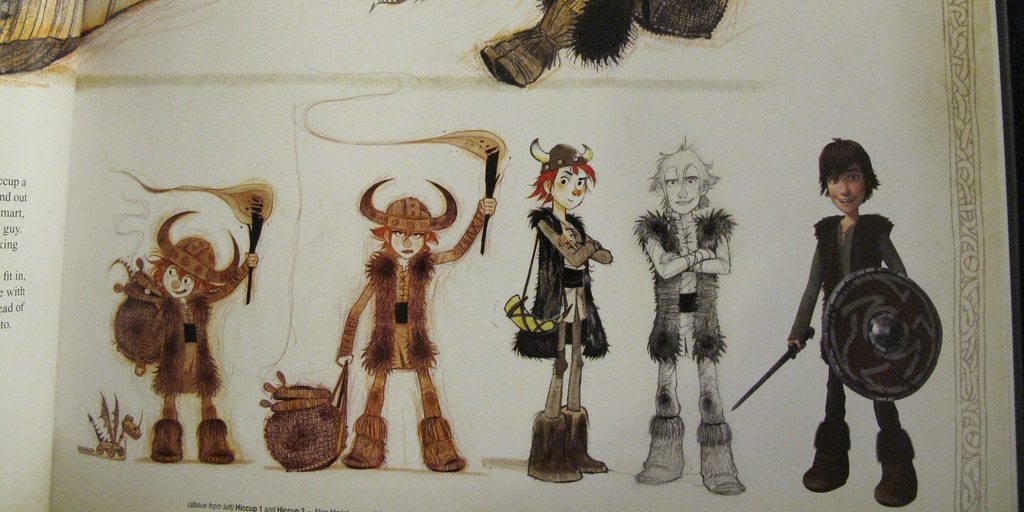‘How to Train Your Dragon’ is a turbulent test drive into a new DreamWorks era
The original How to Train Your Dragon is one of the most enthralling films of the decade, and I’m likely not the only 2000s kid to hold this opinion. Loosely inspired by Cressida Cowell’s books, the story follows Hiccup, a young Viking, as he traps an elusive Night Fury dragon. Despite being raised as enemies, the two form an unlikely friendship, which threatens to change their worlds as they know them. It’s a sincere story that works incredibly well in its simplicity. That’s why I was optimistic that its 2025 live-action remake would halt the downward spiral that this sloppy genre had primed me to expect. However, I took this film for a test drive on its release day, and I emerged with mixed feelings, alongside a surprising amount of frustration towards a film that I thought I’d love.
Dean DeBloise returned to direct this film, and considering the success of the animated trilogy, this flick was not the best showcase of his directorial skills, which were reflected in the acting. Whilst I appreciated the cathartic performance of Mason Thames’ Hiccup, I don’t recognise the original character in the new, serious, unwitty direction he was given. This is all whilst Gerard Butler as Stoick and Nico Parker as Astrid are standouts and inject this film with a substantial amount of their own energy. But it’s hard to appreciate them while the side characters, as well as Hiccup’s comedic mentor, Gobber (Nick Frost), are evident examples of why “if it ain’t broke, don’t fix it”.
In seeking realism to an almost mechanical degree, the film loses much of its warm, unique magic that wasn’t created by the dragons, but was contained within them
The dragons’ ‘realistic’ redesigns were overall rather disappointing. Many of the new models lost some characteristics that made them unique, such as wing-like ears or protruding teeth, in favour of a rough, overdone scaly texture. Hiccup’s iconic Night Fury, Toothless, is perhaps the worst offender. He may appear cute, but his oversaturated green eyes portray little of the intelligent dragon’s personality, and you’d be forgiven if you didn’t want to make direct eye contact with him throughout the film. Biological accuracy was never what made these creatures impressive, and the original dragons were ones that you could instead see kids (or your adult self) befriending. But in seeking realism to an almost mechanical degree, the film loses much of its warm, unique magic that wasn’t created by the dragons, but was contained within them.
In some ways, How to Train Your Dragon (2025) does flicker with creativity, at least when compared with the laughable CGI or hypocritical social commentary characteristic of Disney’s live-action products. The new Isle of Berk feels refreshing and contains some evident passion shown in many details that the set designers put into their craft. But, again, they just didn’t stick the landing. The lighting is often too low to appreciate the action shots or the village, some important or funny scenes are outright removed, and sometimes the wild camera movement allowed me to battle airsickness from the comfort of my seat. These aren’t flaws the original suffered from, and I also didn’t write this review to make a (very unfair) comparison. However with a remake that heavily marketed itself as faithful, with everything from John Powell’s score to the visuals, drawing parallels between the two is a seemingly encouraged byproduct of the viewing experience.
The original film wasn’t a tacky fantasy epic: it took Cowell’s fraught friendship between a boy and a dragon and let it evolve on the big screen into a touching tale
I’ve heard many argue that the changes made in How to Train Your Dragon (2025) were necessary to make the transition to live-action feel more believable. But the original film wasn’t a tacky fantasy epic: it took Cowell’s fraught friendship between a boy and a dragon and let it evolve on the big screen into a touching tale about the power of empathy. In the case of this remake, it saddened me to leave the cinema in disbelief, because almost nothing in this production felt real or – more importantly – genuine. And when this film’s live-action sequel was greenlit, before it had even been released in cinemas, I looked into its eyes, and I saw the unmistakable green hue of greed. Ultimately, if a studio is to make $623 million at the box office worldwide (almost four times the original’s budget), I expect something more than just an uninspired clone of a film we grew up loving. How to Train Your Dragon (2025) may not soar into our hearts again, but one thing’s for sure: for better or worse, the world is definitely still invested in this franchise.

Comments